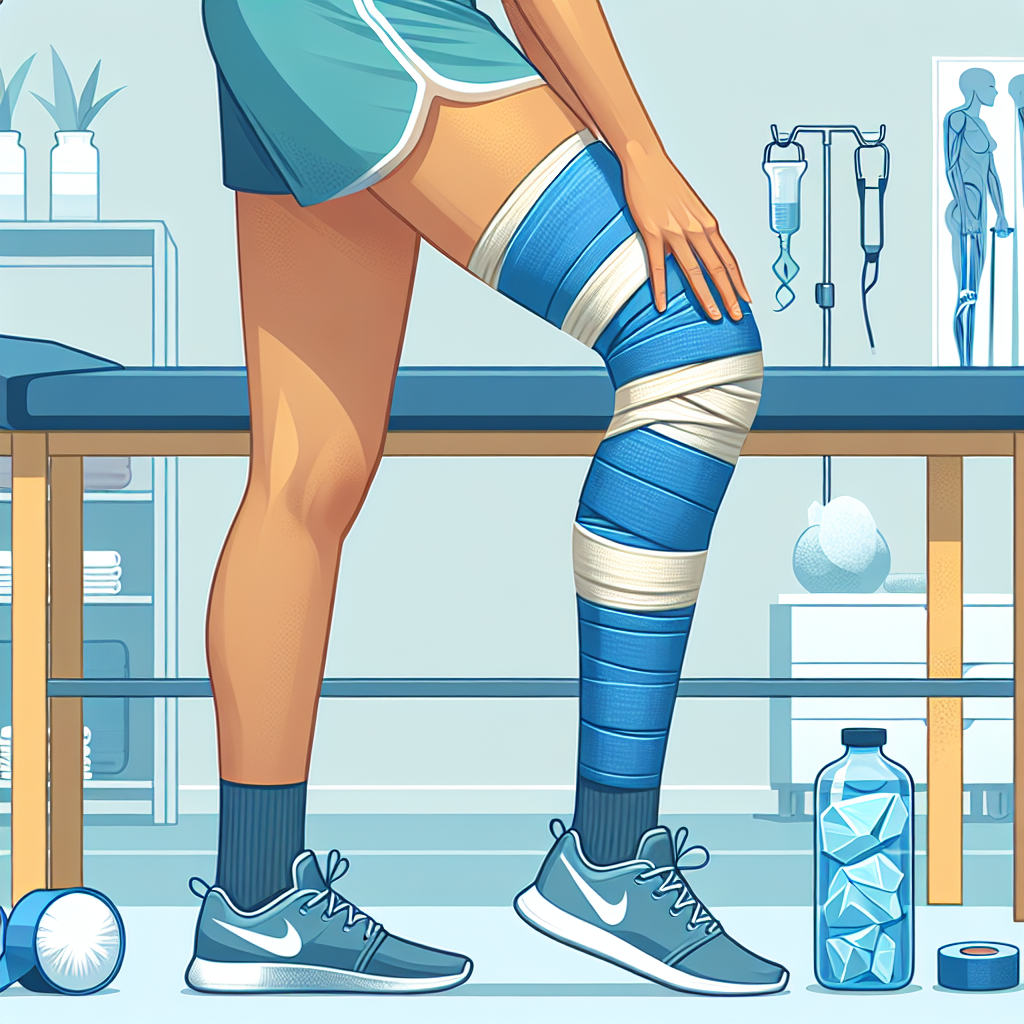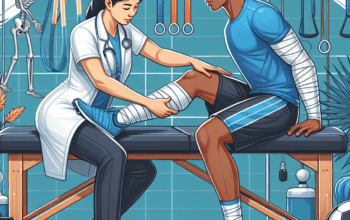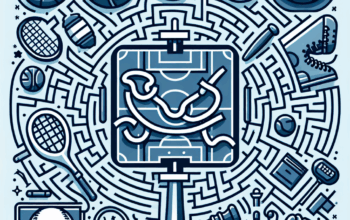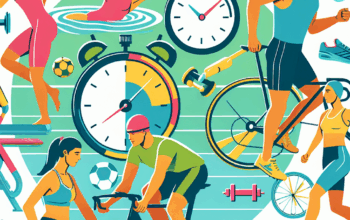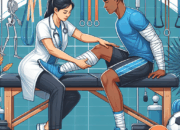Introduction
Recovering from an ACL injury can be a daunting journey, both physically and mentally. The anterior cruciate ligament (ACL) is vital for the stability of the knee joint, and injuries often require a comprehensive recovery plan. As medical advancements continue to evolve in 2025, athletes and individuals alike are better equipped with knowledge and strategies to expedite recovery. This article will provide valuable tips for recovery from ACL injuries, helping to guide you towards a smoother, more efficient healing process.
Understanding ACL Injuries and Their Impact on Recovery
ACL injuries are common amongst athletes, particularly in sports that involve rapid changes in direction, jumping, or stopping. When the ACL is torn, it can disrupt the stability of the knee and lead to pain and swelling. Recovery from such an injury often involves a multifaceted approach that combines rest, rehabilitation, and sometimes surgical intervention. In 2025, techniques have improved, allowing for more precise surgical options and tailored rehabilitation protocols, which pave the way for optimal recovery outcomes.
It is crucial to understand that the recovery timeline for ACL injuries varies significantly depending on the severity of the injury and the treatment method employed. For athletes, a return to pre-injury performance may take anywhere from six months to over a year. Factors such as age, physical health, and commitment to rehabilitation play a vital role in the speed and effectiveness of recovery. Therefore, it is imperative to adopt a personalized and informed approach to recovery from ACL injuries.
Effective Rehabilitation Exercises for ACL Recovery
Rehabilitation is the cornerstone of ACL injury recovery. In 2025, recovery programs have evolved to incorporate advanced rehabilitation exercises that focus on restoring strength, flexibility, and range of motion. Early-stage rehabilitation typically involves exercises that emphasize isometric strength training and gentle range-of-motion movements. As swelling decreases, more dynamic exercises such as leg presses, bridges, and light squats can be introduced to help rebuild muscular strength.
Additionally, proprioception and balance training are essential components of ACL recovery. These exercises can include single-leg stands or using balance boards, which help improve the stability and coordination of the knee joint. Incorporating functional exercises that mimic sport-specific movements can enhance neuromuscular control and prepare the athlete for a safe return to their activity. Collaborating with a physiotherapist specializing in ACL rehabilitation can ensure that the exercises align with your personal recovery goals.
Nutritional Support for ACL Recovery
Nutrition plays a crucial role in the recovery journey following an ACL injury. In 2025, sports nutrition has advanced significantly, highlighting the importance of a well-balanced diet to support healing. Consuming adequate amounts of protein is essential for tissue repair and muscle rebuilding. Foods rich in omega-3 fatty acids, such as fatty fish, walnuts, and flaxseeds have anti-inflammatory properties that can also enhance recovery. Furthermore, vitamins C and D, along with minerals like calcium and magnesium, are vital for maintaining bone health and proper muscle function.
Hydration is another critical factor that can expedite recovery. Maintaining optimal hydration levels ensures that nutrients are effectively transported throughout the body, aiding in overall healing. In practice, athletes might benefit from tailored hydration strategies based on their activity levels and recovery goals. It’s often advisable to work with a nutritionist to develop a personalized meal plan during the recovery phase, focusing on nutrient-dense foods that support a speedy return to full strength.
Pain Management and Injury Prevention Strategies
Pain management is essential in ACL recovery and requires a combination of approaches. In recent years, advancements in technology have provided alternative pain relief methods, such as cryotherapy and electrical stimulation. These techniques can help alleviate discomfort and promote healing while reducing reliance on pain medications. Additionally, applying ice to the knee post-exercise can help minimize swelling and pain. It’s essential to listen to your body and not push through pain, which can lead to setbacks in recovery.
Injury prevention strategies also play a critical role in the recovery process. Engaging in comprehensive strength training, agility drills, and flexibility exercises can help prepare the body and improve performance post-recovery. Training that focuses on proper movement mechanics can reduce the risk of future ACL injuries, particularly for athletes returning to high-impact sports. Developing a preventive maintenance routine can be instrumental in ensuring longevity in sports and fitness endeavors.
Psychological Aspects of ACL Recovery
The psychological aspect of recovering from an ACL injury is often overlooked. In 2025, there is a growing understanding of the mental challenges athletes face during recovery. Facing limitations, fears of re-injury, and emotional highs and lows can hinder progress if not addressed. It is essential to cultivate a positive mindset throughout the recovery journey. Techniques such as visualization, mindfulness, and goal-setting can help maintain motivation and focus.
Engaging with support groups or psychological counseling can also provide the emotional support necessary for a successful recovery. Sharing experiences with others who have faced similar injuries can help alleviate feelings of isolation and anxiety. It’s vital to recognize that the road to recovery can take time, and fostering mental resilience is just as important as physical rehabilitation.
Conclusion
Recovering from an ACL injury in 2025 offers more pathways to success than ever before, thanks to advancements in rehabilitation, nutrition, pain management, and psychological support. Understanding the nature of your injury, incorporating effective rehabilitation exercises, maintaining proper nutrition, managing pain, preventing re-injury, and addressing psychological aspects are all crucial elements in your recovery journey. By adopting a holistic and informed approach, you can significantly enhance your chances of returning to your favorite activities stronger and more resilient than ever.
FAQs
What are the common symptoms of an ACL injury?
The common symptoms of an ACL injury include a popping sound during the injury, severe pain and swelling in the knee, instability when trying to stand or put weight on the knee, and a reduced range of motion.
How long does it typically take to recover from an ACL injury?
Recovery from an ACL injury can vary, ranging from six months to over a year, depending on the injury’s severity, treatment method, and adherence to rehabilitation protocols.
Can I play sports while recovering from an ACL injury?
While some light activities may be acceptable during recovery, high-impact sports should generally be avoided until full rehabilitation is achieved and clearance is given by a healthcare professional.
What role does physical therapy play in ACL recovery?
Physical therapy plays a critical role in ACL recovery by helping restore strength, flexibility, and range of motion through individualized rehabilitation exercises and techniques.
Are there any new treatments for ACL injuries in 2025?
Recent treatments include advanced surgical techniques such as arthroscopic surgery, stem cell therapy, and personalized rehabilitation programs that leverage technology for monitoring progress and enhancing recovery.
